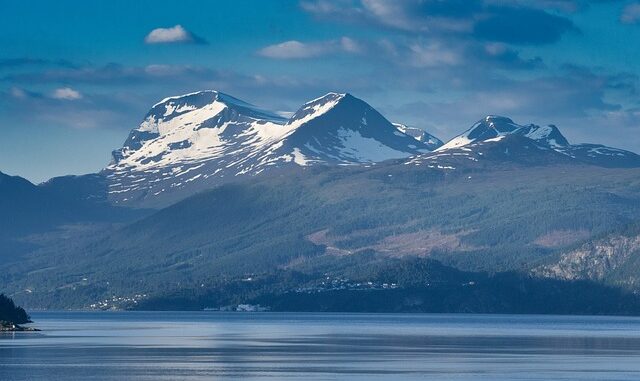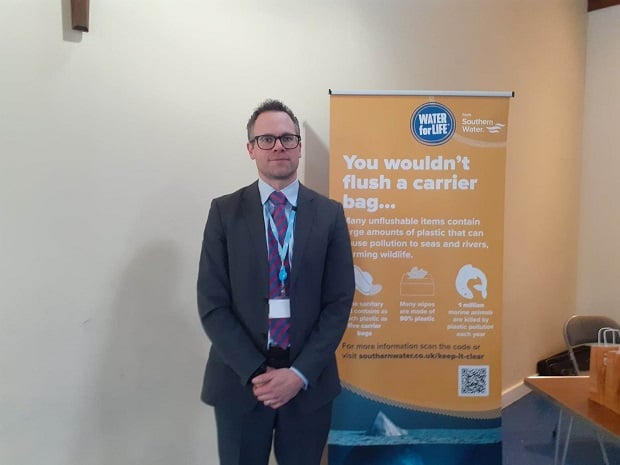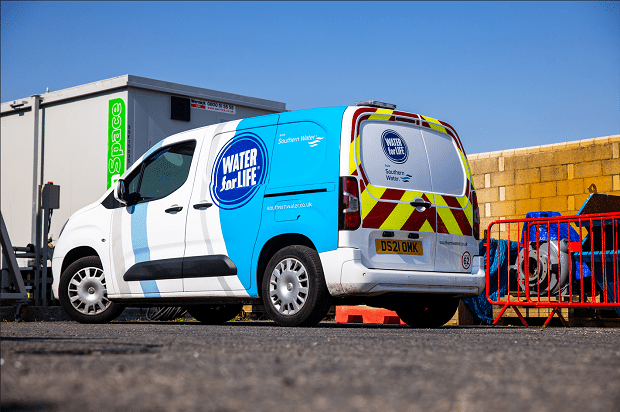
Southern Water discussions with a private supplier to import water from Norway are for a “last resort contingency” to deal with possible supply shortages and drought.
The water firm, which has 2.7 million customers in the south east, says the back up plan to tanker in up to 45 million litres of water per day is part of a Water Resources Management Plan (WRMP) where regulators have asked for consideration of all available options to protect the environment and maintain supplies until a new permanent source is available in 2034.
That permanent source is the Hampshire Water Transfer and Water Recycling Project which will be the UK’s first new reservoir in more than 30 years. It is earmarked to be ready for 2034 but Southern Water says: “Until this is live, particularly from 2030-2034, we anticipate a risk of reduced level of resilience to drought.”
The contingency for sea-tankering the water from Norway would involve UK private company Extreme Drought Resilience Service (EDRS) shipping ‘cartons’ from Norway if required.

Tim McMahon, Southern Water’s Managing Director for Water, said: “We put less water into supply now than we did 30 years ago and measures like reducing leakage have enabled us to keep pace so far with population growth and climate change.
“As we work to take less water from our chalk streams and build new reservoirs like Havant Thicket in Hampshire, we need a range of options to help protect the environment while this infrastructure comes online.
“Importing water would be a last resort contingency measure that would only be used for a short period in the event of an extreme drought emergency in the early 2030s – something considerably worse than the drought of 1976.
“We have a range of other reserve options to call on first, such as temporary desalination plants and water-saving agreements with businesses, to keep taps running, so the likelihood of needing to import water is very remote.
“We’re committed to continuing to work with our regulators on developing the right solutions to meet the challenge of water scarcity, while protecting the environment.”
Southern Water says importation from Norway is viable but is “an absolute last resort, with a remote possibility of ever being implemented.”

In October it was revealed Southern Water customers face a bill increase of £230 per year (44%) from 2025 until 2030 to help cover the cost of a £7.8billion investment in the service.
Wastewater only customers will see average bills increase by £85 per year (27%) between 2025 to 2030. Water only customers will see average bills increase by £145 per year (69%) between 2025 to 2030.
For those who pay monthly it means a rise by just under £9 per month from 2025 increasing to just over £19 per month by 2030 (costs before inflation). For wastewater only customers this will be just over £2 per month from 2025 increasing to just over £7 per month by 2030 (costs before inflation).
Southern Water says there has been significant new investment from shareholders of £1.6 billion since 2021, who have not received a dividend since 2017.
Southern is majority owned by Australian investor Macquarie.

Kent County Councillor Karen Constantine, who is one of the representatives for Ramsgate, said: “This is frankly a mad plan.
“Southern Water is not tackling the water shortage problem effectively. Much of the shortage is from leaking underground pipes, which allow treated water to leach away. The mainly Victorian infrastructure is simply not up to scratch. Instead of sorting out the problem, and investing our money into a systemic upgrade, they prefer to reward shareholders, and pay huge salaries and bonuses, all the while hiking up our bills.
“It simply isn’t good enough. What we need is a comprehensive, long term and a more sensible plan where Southern Water invest their profit in ensuring the sustainability of our water.
“This plan is alarming, and means that yet another element is added to the water supply chain, an element which will also cream off a profit. I think we’ve all had enough of higher bills and paying them for other people, and companies, to derive a handsome profit.”

